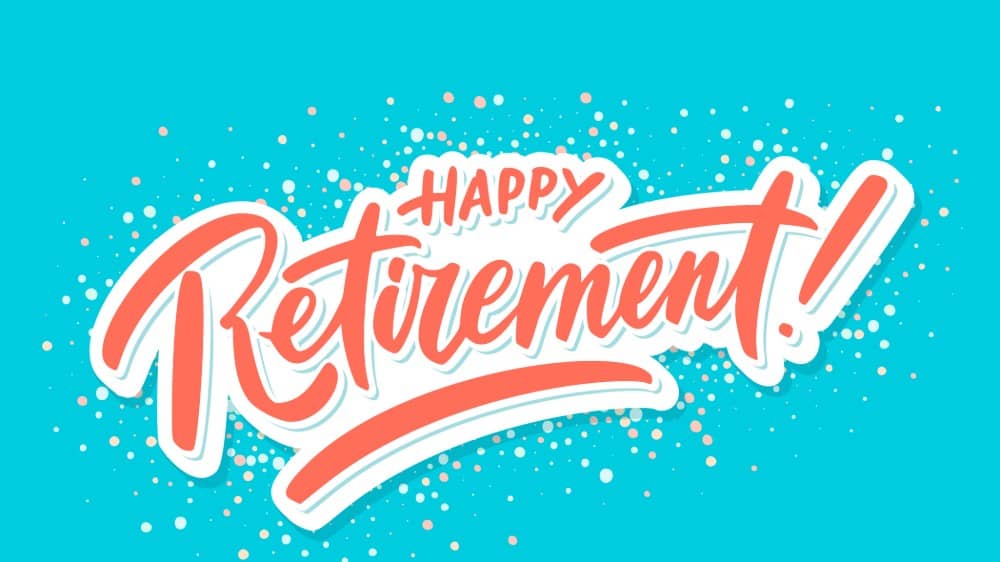What could be better than retiring with a well-funded RRSP to pay you for the rest of your life?
With corporate pensions slowly disappearing and CPP and OAS not covering living expenses, it’s a dream for many to have an RRSP that can carry them through their golden years.
Yet for most Canadians, the dream seems out of reach. Daily expenses put a cap on one’s saving power, and unforeseen costs may require cashing out your RRSP early. For these reasons, getting a retirement-ready RRSP can be a challenge. But it’s not impossible.
If you have at least a few decades to go before you retire, you can stash away a sizable sum of money in your RRSP. It takes a little patience and discipline, but the reward at the end is well worth the effort. If you’re still not sure how to get your RRSP where it needs to be when you retire, here’s a simple three-step checklist to get you on your way.
Step one: Set your retirement savings goal
The first thing you need to do when starting your RRSP journey is get a specific savings goal in mind. Different retirees have different costs. If you’re a doctor living in Toronto, you’re most likely going to have very different expenses than a farmer living in New Brunswick. Therefore, it’s crucial that you set a retirement savings goal that will be enough to cover your personal expenses — not a “one-size-fits-all” amount.
Step two: Set a contribution goal that will get you there
Once you have an RRSP savings goal set in stone, you should set a monthly contribution amount that will allow you to reach it. Ideally, you should be putting away enough money to hit your retirement savings goal, even without any gains on your investments. The reason is that getting good investment returns are never guaranteed.
“Risk-free” assets like treasury bills usually don’t keep pace with inflation, and while stocks as a class usually rise over time, individual stocks can go to zero. That’s not a reason not to invest, of course, but it is a reason to get a large amount of cash into your RRSP before you do anything else.
Step three: Set it and forget it with ETFs
Once you have some money in your RRSP, it’s a good idea to invest in in low-fee ETFs. Recall above when I said that there is always a risk of having an individual stock go to zero, or close to it. Diversified index ETFs protect you from that, by spreading your risk across a diversified basket of stocks.
One great Canadian ETF for beginners is iShares S&P TSX 60 Index Fund (TSX:XIU).
XIU is an index ETF that tracks the TSX 60 — the 60 largest stocks in Canada by market cap. The index is heavily weighted in banks, utilities, and energy stocks, which often have high yields, making it a fairly decent index fund for income.
Unlike actively managed funds, XIU has very low fees — low enough that you most likely won’t even notice them. It also virtually guarantees that you will match the returns of the TSX 60, since all of its holdings are weighted in proportion to that index’s market cap weightings.
There are other TSX index funds you could buy that are even more diversified than XIU. iShares S&P/TSX Composite Index ETF, for example, tracks the entire TSX composite. However, XIU has a slightly better performance track record than that fund does, which is one reason I prefer it.
If you want some added diversification in your portfolio, you could always buy Vanguard S&P 500 Index Fund, which tracks the S&P 500. This index has better historical gains than the TSX 60 and adds geographic diversification into your portfolio.









